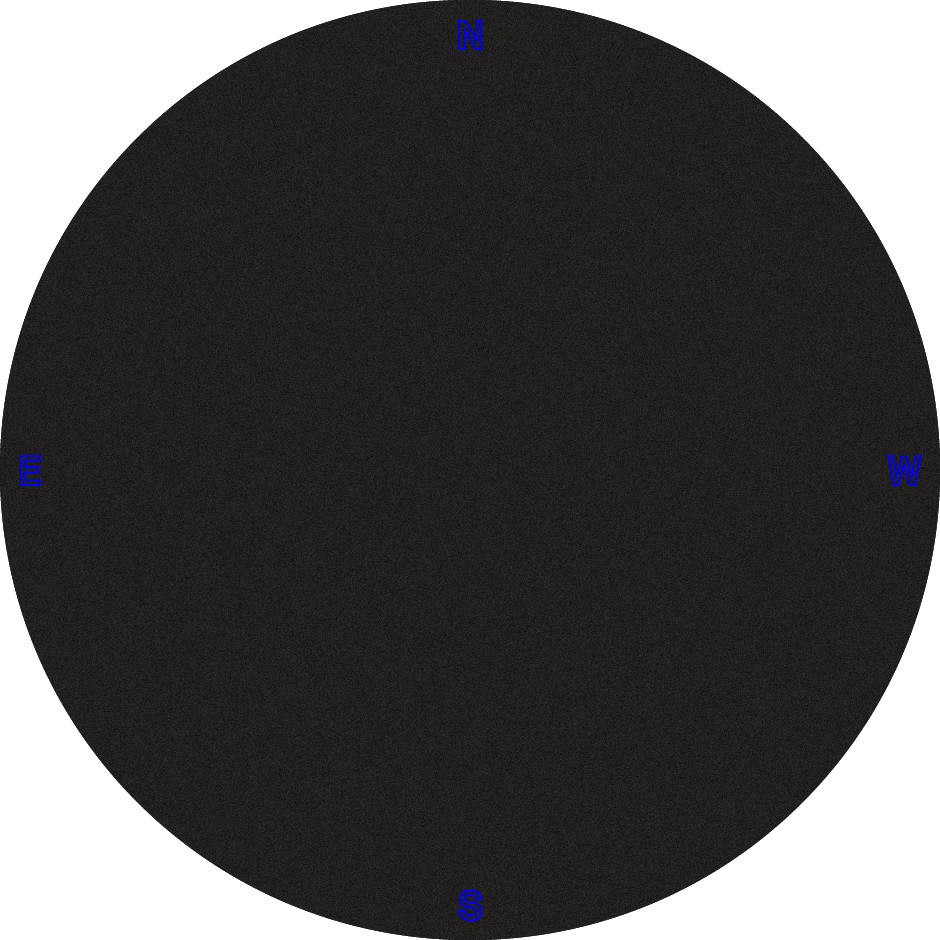

About 43% of the total radiant energy emitted from the sun is in the visible parts of the spectrum. The bulk of the remainder lies in the near-infrared (49%) and ultraviolet section (7%). Less than 1% of solar radiation is emitted as x-rays, gamma waves, radio waves, and microwaves.






The light sensitive cells on the retina of our eyes are responsible for detecting color. Some of the cells are shaped like rods, while others are shaped like cones. The rods "see" in the grayscale, and are used for viewing objects in dim light, where only the shape and shade of black can be detected. The cones, however, are sensitive to different frequencies of light; i.e. they are sensitive to colors, primarily red, green and blue. The combination of these three colors gives us all of the countless hues, tints and shades of the spectrum.







Our eyes are able to see light from distant stars, light years away. Constellation maps allow you to individually identify these stars in the night sky.